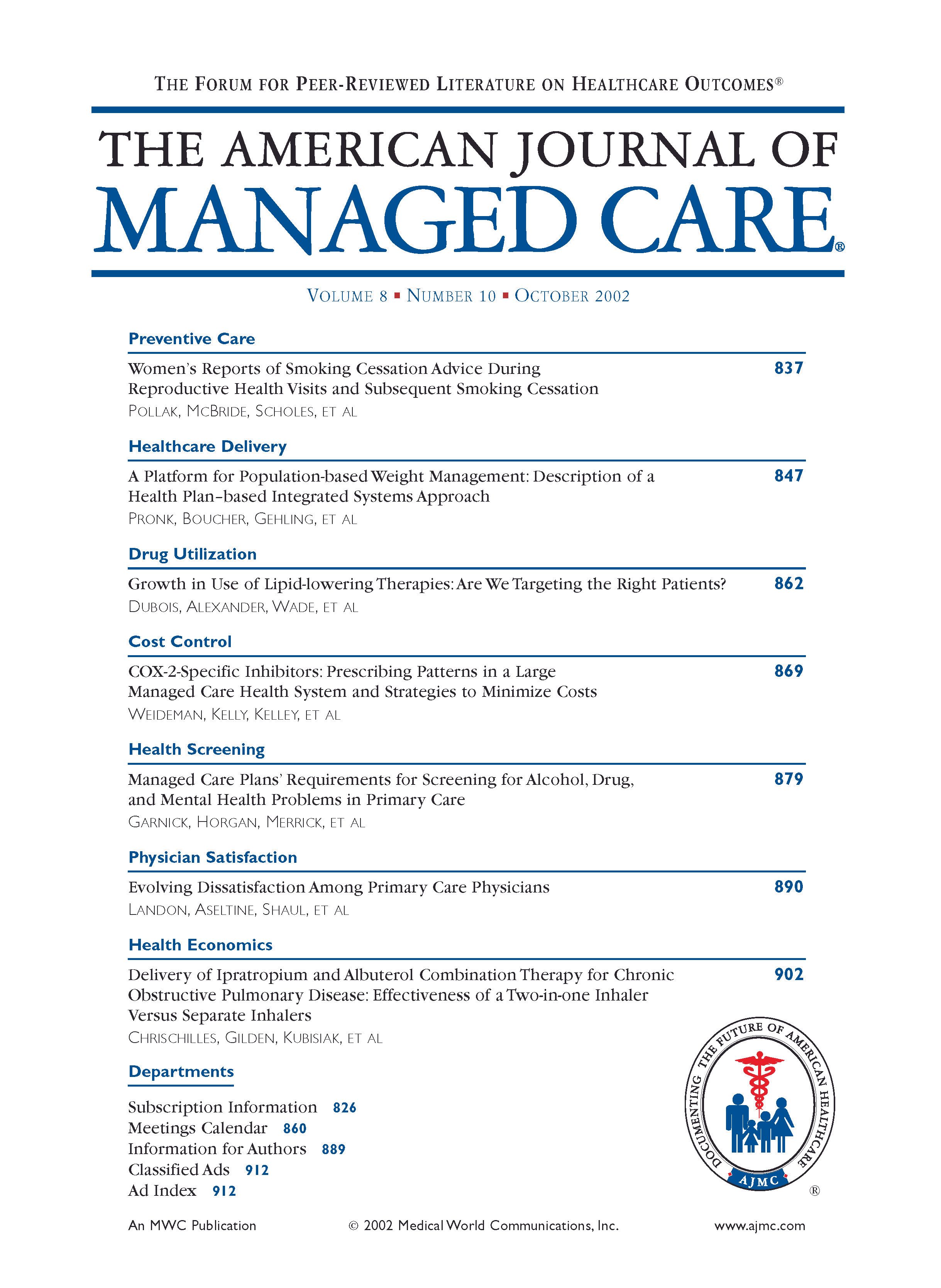- Center on Health Equity & Access
- Clinical
- Health Care Cost
- Health Care Delivery
- Insurance
- Policy
- Technology
- Value-Based Care
What to Do When It's You: Bill Clinton and Hospital Report Cards
As most of us are aware, former President Bill Clinton underwent quadruple bypass surgery over Labor Day weekend. Surprisingly, perhaps, at least to those of us dedicated to the creation and dissemination of hospital outcome measures, he chose to have his surgery in a hospital with a published mortality rate that is twice the average for the State of New York. The State of New York has the longest standing and most sophisticated systems to judge the outcomes of cardiac surgery and has published the outcomes of these analyses for years. How can one of the smartest presidents, a technocrat, and a healthcare policy wonk ignore this information and place his life in the hands of a "statistical outlier"? Perhaps more importantly, if Bill Clinton does not appear to make choices based on the available data, how then, do we make these choices for our patients, family members, and ourselves?
Some policy makers believe that providing statistical rankings in healthcare or education, as in the "No Child Left Behind" law, will lead people to make the "right choice" and move to the statistical high ground. They will flock to the "quality producers" and, in the "Marketplace Nirvana," optimize their health, while the "quality producers" flourish. This may work well for those choosing among brands of toasters and MP3 players, but not for decisions–such as healthcare–that have greater consequence. It seems obvious that most people include other factors besides quality rankings when making these decisions.
Think about the last time you were faced with a serious decision in which you had to involve others. Did you ask for statistics or did you ask a friend for advice? Did you ask for a ranking or did you ask your mother? The more important and personal the decision, the more contextual is the decision process. Do we trust the doctor? Do we have friends who have had a good interaction at that hospital or with that doctor? Does the doctor look and sound like a doctor should (whatever that is)? Is the hospital close to home–will our family be able to visit? Other issues, such as valet parking and the availability of a private room–although not likely relevant to the primary outcome–may also enter the equation. The statistics, if we see them at all, provide just another element; but often they do not trump our own contextual decision-making framework.
The "right decision," then, involves more than a hospital or physician ranking. As President Clinton showed us, the best decision is one that is "right" for an individual and his or her family. This is why the availability of outcomes data–whether to a former president or everyday consumers–has not worked and will not work as a means of quality improvement. Given our unwillingness to stay away from underperformers, truly dangerous hospitals and physicians need to be removed from the delivery system. Those hospitals that practice within a reasonable range of outcomes, adjusted for the types of patients they see, should be allowed to continue. If health policy makers and politicians hope that patients will force out "outlier providers" when those in leadership positions have not had the will to do so, they are sadly mistaken.
Empowered consumers will consider a range of factors in their healthcare decision making process. Those who questioned the decision making around Bill Clinton's bypass procedure will need to look to other means to force change in hospital quality, instead of focusing on those methods that burden individuals at the very moment of their illness.
From the Department of Internal Medicine, University of Michigan School of Medicine, Ann Arbor, Mich.
Address correspondence to: Laurence F. McMahon, Jr, MD, MPH, Department of Internal Medicine, University of Michigan School of Medicine, 300 North Ingalls, Room N17C27, Ann Arbor, MI 48109-0429.

Trends in Hospital Pricing for Vulnerable Emergency Department Users, 2021-2023
December 4th 2025Self-pay emergency department prices rose significantly from 2021 to 2023, especially at for-profit and system-affiliated hospitals, highlighting growing affordability challenges for uninsured and underinsured patients.
Read More
Integrated Care for Chronic Conditions: A Randomized Care Management Trial
December 3rd 2025The authors sought to understand the differential impact of payer-led community-based care management approaches on stakeholder-oriented outcomes for publicly insured adults with multiple chronic conditions.
Read More

